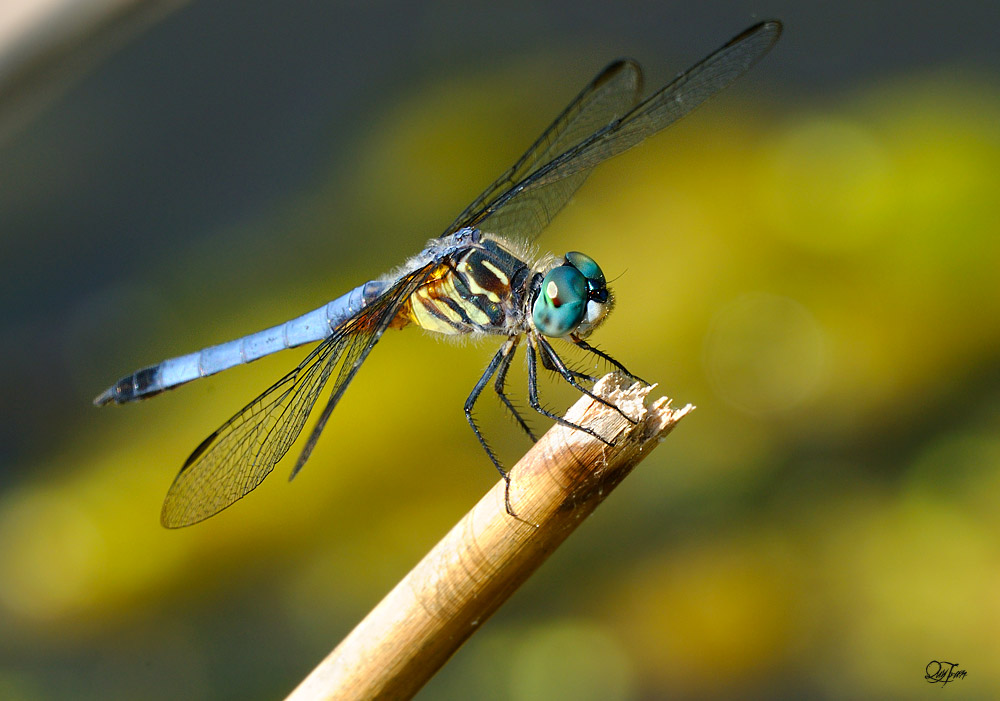






- Total
- General
- Arts
- Book
- Culture
- Economy
- Essay
- Fun/Joke
- History
- Hobbies
- Info
- Life
- Medical
- Movie
- Music
- Nature
- News
- Notice
- Opinion
- Philosophy
- Photo
- Poem
- Politics
- Science
- Sports
- Travel
Science Dragonflies, just amazing
2013.04.01 11:25
>
 Nature’s Drone, Pretty and Deadly By NATALIE ANGIER
Dragonflies are true visionaries. Their eyes are the largest and possibly the keenest in the insect world, a pair of giant spheres each built of some 30,000 pixel-like facets that together take up pretty much the entire head.
As they reported in Current Biology, Dr. Wiederman and his colleague David O’Carroll explored how dragonflies single out one target from a chaotic swarm. Working with the two-inch-long Emerald dragonfly often seen darting around Australian ponds, the researchers inserted an electrode about 1/1500th the width of a human hair into a dragonfly neuron known to be involved in visual processing. They then positioned the dragonfly in front of an L.C.D. screen and showed it first one and then two moving targets at a time.
|
